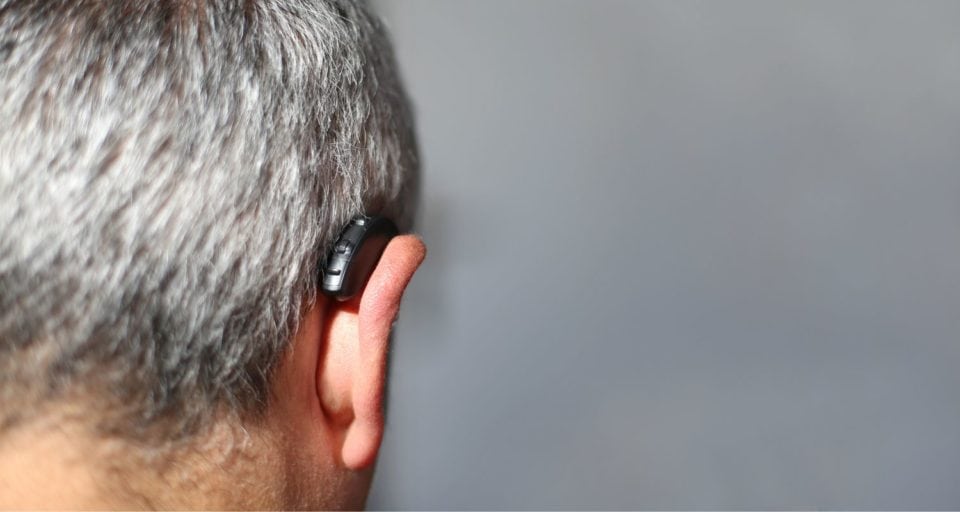- The Emotional Journey of Accepting Hearing Loss - October 25, 2024
- Making a Style Statement with Hearing Aids This Fall - October 15, 2024
- Fireplace Safety and Hearing aids - October 4, 2024
If you use a hearing aid to treat your hearing loss, then you know how many benefits they offer for improving your quality of life. Between increasing the connections with your loved ones, boosting your work performance, your mobility, and even your cognitive functioning, hearing aids are important and impressive technology. Unfortunately, like all technology, hearing aids can become worn out and/or outdated. Technology is always advancing, and hearing technology is often at the forefront. Hearing Aides are becoming more and more powerful, and more comfortable and tailored to meet your specific needs.
How often do you need to replace your hearing aids?
These days, hearing aids tend to last for about 5 to 7 years. That may not seem like a long time, considering how much of an investment hearing aids can be. However, think about how much work your hearing aids do every day! They are worn from the moment you begin your day, until the time you lay back down. This is a lot of opportunity for exposure to sweat, moisture and dirt. If you find that your hearing aids aren’t working as well as they did when they were new, it may be time to upgrade. Luckily this is an opportunity to improve your hearing experience. Let’s look together at all the new features and advancements that may not have been available the last time you were acquiring hearing aids. Here are some features that can improve your life!
Noise and Feedback Reduction
Hearing in noisy environments like restaurants and concerts can be the hardest for those experiencing hearing loss. The background sounds can cause it to be hard to focus on your conversations. Traditionally even with hearing aids social events can be hard to navigate. However, with recent advancements many hearing aids now offer noise reduction that work to minimize the distracting noises and help you to concentrate on your conversation. Another helpful feature now is feedback reduction which minimizes loud sounds being picked up by the microphones and, avoiding squealing and buzzing that was common with models not so long ago. Many hearing aids now are digitized, they work by sectioning soundwaves into tiny micro steps- each step providing a feedback free crystal-clear sound.
Directional Microphones
Another significant improvement is directional microphones. With directional microphones, you can enjoy the conversation you are having with the person standing directly in front of you. These advanced hearing aids have two microphones, one is directed in front of you, while the other one picks up sounds behind you. The high tech processor in these new hearing aids constantly monitors the environment around you. When background sounds become too loud it will silence the rear microphone. In less noisy situations the rear microphone will be switched back on, so you can have a greater awareness of your total environment.
Gain Control
Gain is defined as how loud an input signal is before it enters the amplifier or computer. On an old stereo, sounds are separated into individual frequencies, which can be adjusted separately. Gain control in hearing aids work much the same way but with much more advanced technology. Hearing aids currently on the market have as many as 15 or 20 frequency channels. These can be adjusted by your audiologist to enhance your listening experience and give you more ability to detect higher or lower-pitched sounds.
Machine Learning
The machines in our life like our smart phone and tv have the power to track and adapt to our habits and preferences. Some hearing aids on the market offer a similar technology! Machine learning enables a tiny computer to remember the settings of the common environments we travel to. GPS technology in your device will detect when you are in one of these spaces and adjust to your preferred listening settings.
Bluetooth Connectivity
Between speakers, keyboards and the like, Bluetooth technology helps us to eliminate messy wires. Bluetooth technology in your hearing aids allow you to connect wirelessly to all the devices in your life from your smartphone, your car stereo and even your TV. These will be wired directly to your hearing aids causing them to be clearer and more easily understood.
Find Out What is Right for You!
With so many options out there, you can definitely benefit from upgrading your old technology. Reach out to your hearing professional today to find out which ones may be right for you.

